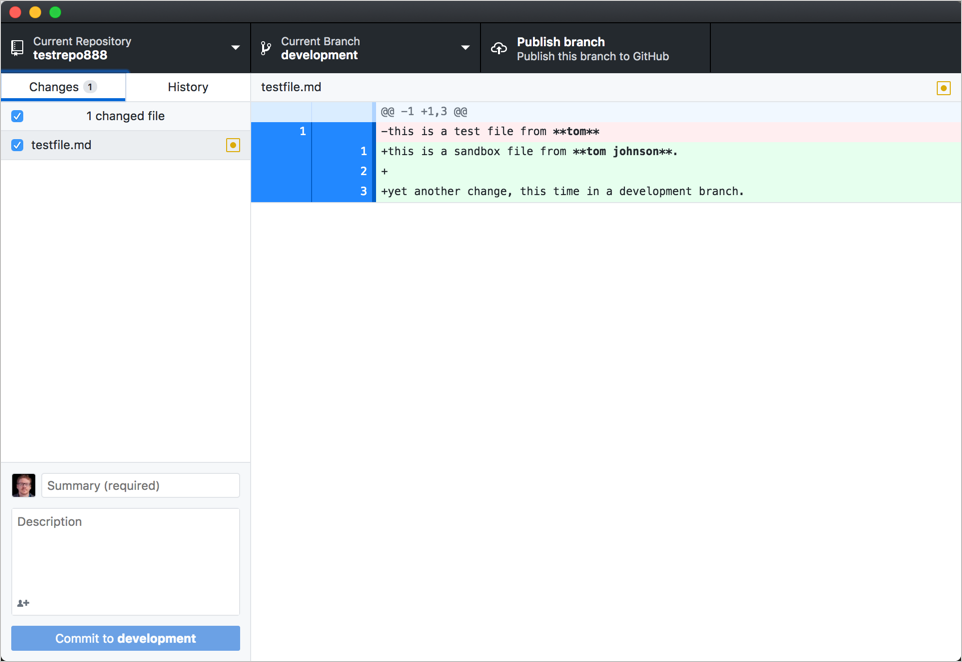

For more information, see " About protected branches." Creating a branch Repository administrators can enable other protected branch settings to enforce specific workflows before a branch can be merged. If you're working on a branch that's protected, you won't be able to delete or force push to the branch. Repository administrators can enable protections on a branch. You can always create a branch in GitHub Desktop if you have read access to a repository, but you can only push the branch to GitHub if you have write access to the repository. For more information, see " Creating an issue or pull request" and " About pull requests." Once you're satisfied with your work, you can create a pull request to merge your changes in the current branch into another branch. This can be helpful if you need to return to an earlier view of the repository to investigate a bug, or to create a hot fix on top of your latest release. You can also create a branch starting from a previous commit in a branch's history. You can then work on this new branch in isolation from changes that other people are making to the repository. Typically, you might create a branch from the default branch of your repository. You always create a branch from an existing branch. For example, you could use a branch to develop a new feature or fix a bug.

Branches isolate your development work from other branches in the repository. You can use branches to safely experiment with changes to your project.


 0 kommentar(er)
0 kommentar(er)
